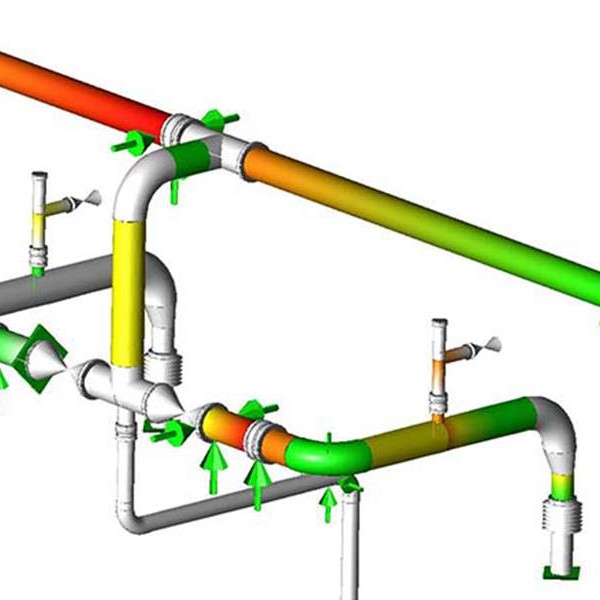
-
 Afrikaans
Afrikaans -
 Albanian
Albanian -
 Amharic
Amharic -
 Arabic
Arabic -
 Armenian
Armenian -
 Azerbaijani
Azerbaijani -
 Basque
Basque -
 Belarusian
Belarusian -
 Bengali
Bengali -
 Bosnian
Bosnian -
 Bulgarian
Bulgarian -
 Catalan
Catalan -
 Cebuano
Cebuano -
 China
China -
 China (Taiwan)
China (Taiwan) -
 Corsican
Corsican -
 Croatian
Croatian -
 Czech
Czech -
 Danish
Danish -
 Dutch
Dutch -
 English
English -
 Esperanto
Esperanto -
 Estonian
Estonian -
 Finnish
Finnish -
 French
French -
 Frisian
Frisian -
 Galician
Galician -
 Georgian
Georgian -
 German
German -
 Greek
Greek -
 Gujarati
Gujarati -
 Haitian Creole
Haitian Creole -
 hausa
hausa -
 hawaiian
hawaiian -
 Hebrew
Hebrew -
 Hindi
Hindi -
 Miao
Miao -
 Hungarian
Hungarian -
 Icelandic
Icelandic -
 igbo
igbo -
 Indonesian
Indonesian -
 irish
irish -
 Italian
Italian -
 Japanese
Japanese -
 Javanese
Javanese -
 Kannada
Kannada -
 kazakh
kazakh -
 Khmer
Khmer -
 Rwandese
Rwandese -
 Korean
Korean -
 Kurdish
Kurdish -
 Kyrgyz
Kyrgyz -
 Lao
Lao -
 Latin
Latin -
 Latvian
Latvian -
 Lithuanian
Lithuanian -
 Luxembourgish
Luxembourgish -
 Macedonian
Macedonian -
 Malgashi
Malgashi -
 Malay
Malay -
 Malayalam
Malayalam -
 Maltese
Maltese -
 Maori
Maori -
 Marathi
Marathi -
 Mongolian
Mongolian -
 Myanmar
Myanmar -
 Nepali
Nepali -
 Norwegian
Norwegian -
 Norwegian
Norwegian -
 Occitan
Occitan -
 Pashto
Pashto -
 Persian
Persian -
 Polish
Polish -
 Portuguese
Portuguese -
 Punjabi
Punjabi -
 Romanian
Romanian -
 Russian
Russian -
 Samoan
Samoan -
 Scottish Gaelic
Scottish Gaelic -
 Serbian
Serbian -
 Sesotho
Sesotho -
 Shona
Shona -
 Sindhi
Sindhi -
 Sinhala
Sinhala -
 Slovak
Slovak -
 Slovenian
Slovenian -
 Somali
Somali -
 Spanish
Spanish -
 Sundanese
Sundanese -
 Swahili
Swahili -
 Swedish
Swedish -
 Tagalog
Tagalog -
 Tajik
Tajik -
 Tamil
Tamil -
 Tatar
Tatar -
 Telugu
Telugu -
 Thai
Thai -
 Turkish
Turkish -
 Turkmen
Turkmen -
 Ukrainian
Ukrainian -
 Urdu
Urdu -
 Uighur
Uighur -
 Uzbek
Uzbek -
 Vietnamese
Vietnamese -
 Welsh
Welsh -
 Bantu
Bantu -
 Yiddish
Yiddish -
 Yoruba
Yoruba -
 Zulu
Zulu
Understanding the Benefits and Applications of FRP Piping Systems in Modern Industries
Understanding FRP Piping Systems Advantages and Applications
Fiber Reinforced Plastic (FRP) piping systems have emerged as a vital component in various industries due to their unique properties and advantages. Made from a composite of resin and reinforcing fibers, FRP offers a lightweight, durable, and corrosion-resistant solution for transporting fluids. In this article, we delve into the characteristics, benefits, and applications of FRP piping systems, highlighting why they are increasingly favored over traditional materials like steel and concrete.
Composition and Properties of FRP Piping
FRP piping is composed of a base resin, which acts as a matrix, reinforced by fibers such as glass, carbon, or aramid. The choice of fiber significantly influences strength, stiffness, and resistance to chemicals. Commonly used resins include polyester, vinyl ester, and epoxy, each offering distinct benefits based on environmental conditions and the type of fluids being transported.
One of the standout properties of FRP pipes is their exceptional corrosion resistance. Unlike metal pipes that may rust or corrode upon exposure to certain chemicals or saline environments, FRP pipes remain unaffected, making them ideal for industries dealing with aggressive fluids. Moreover, their lightweight nature facilitates ease of handling and installation, reducing labor costs and time.
Advantages of FRP Piping Systems
1. Corrosion Resistance As mentioned, FRP piping offers outstanding resistance to chemicals, making it suitable for use in wastewater treatment, chemical processing, and oil and gas applications. This property helps extend the life of the piping system and reduce maintenance costs.
2. Lightweight Compared to traditional materials, FRP pipes are significantly lighter, allowing for easier transportation and installation. This can lead to reduced foundation requirements and lower shipping costs.
3. High Strength-to-Weight Ratio The reinforcement fibers provide substantial strength while maintaining lightweight characteristics, making FRP pipes highly effective in high-pressure applications.
4. Thermal Insulation FRP does not conduct heat, making it an effective insulator. This minimizes heat loss and reduces energy costs in systems that require temperature control.
frp piping system

5. Flexibility in Design FRP can be molded into various shapes and sizes, allowing for greater design flexibility in construction and installation, which can be particularly beneficial in complex projects.
6. Sustainability As industries strive for greener solutions, FRP pipes can contribute to sustainable practices. They are recyclable, and many manufacturers are now producing them from recycled materials.
Applications of FRP Piping Systems
FRP piping systems find application in numerous industries, notably
- Water Treatment In municipal and industrial water treatment facilities, FRP pipes transport corrosive chemicals such as chlorine and sulfuric acid without fear of degradation. - Chemical Processing The chemical industry relies on FRP for handling aggressive chemicals, facilitating safe and efficient processing.
- Oil and Gas In the oil and gas sector, FRP pipes are used for transporting crude oil, natural gas, and their derivatives, especially where conventional materials may suffer from corrosion.
- Mining FRP piping is utilized in mining operations to handle slurries and chemicals used in mineral processing.
- Marine Applications Due to their corrosion resistance, FRP pipes are suitable for offshore platforms and coastal infrastructures, where exposure to saltwater is a concern.
Conclusion
In conclusion, FRP piping systems offer an innovative solution to various industrial challenges, combining durability, efficiency, and versatility. With their many advantages over traditional piping materials, FRP systems are poised to play a pivotal role in the future of fluid transport across multiple sectors. As industries continue to evolve, investing in advanced materials like FRP will undeniably pave the way for more resilient and sustainable operations.
Latest news
-
Exploring the Benefits of Top Hammer Drifter Rods for Enhanced Drilling PerformanceNewsJun.10,2025
-
High-Precision Fiberglass Winding Machine for GRP/FRP Pipe Production – Reliable & Efficient SolutionsNewsJun.10,2025
-
FRP Pipes & Fittings for Shipbuilding - Corrosion-Resistant & LightweightNewsJun.09,2025
-
Premium FRP Flooring Solutions Durable & Slip-ResistantNewsJun.09,2025
-
Premium Fiberglass Rectangular Tanks Durable & Lightweight SolutionNewsJun.09,2025
-
Tapered Drill String Design Guide Durable Performance & UsesNewsJun.09,2025









